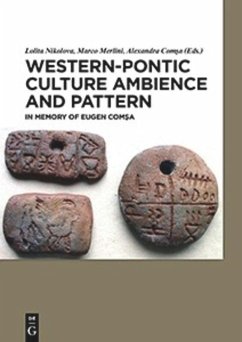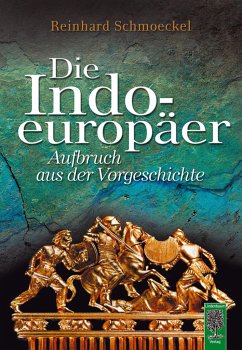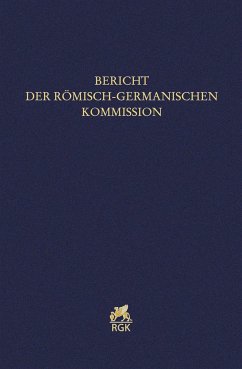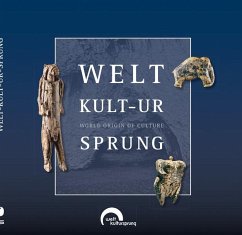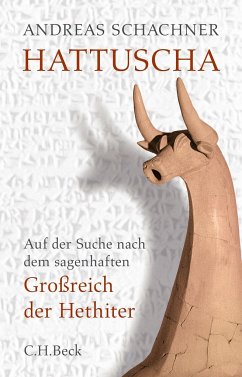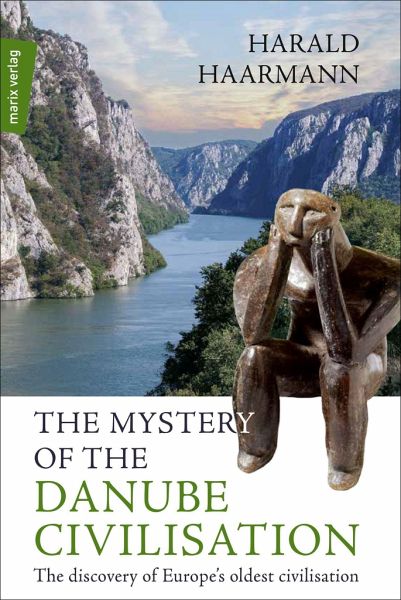
The Mystery of the Danube Civilisation
The discovery of Europe's oldest civilisation

PAYBACK Punkte
0 °P sammeln!
Over the last few years, archaeologists have been finding more and more evidence for the existence of a civilisation on the Balkan peninsula which, between the 6th and 4th millennia BCE, was using a writing system long before the Mesopotamians. In this book, Harald Haarmann provides the first comprehensive insight into this enigmatic Old European culture which, until recently, was unknown. He describes trade routes and settlements, arts and crafts, the mythology and writing system of the Danube Civilisation; he traces its origins to the Black Sea area and shows which cultural influences it had...
Over the last few years, archaeologists have been finding more and more evidence for the existence of a civilisation on the Balkan peninsula which, between the 6th and 4th millennia BCE, was using a writing system long before the Mesopotamians. In this book, Harald Haarmann provides the first comprehensive insight into this enigmatic Old European culture which, until recently, was unknown. He describes trade routes and settlements, arts and crafts, the mythology and writing system of the Danube Civilisation; he traces its origins to the Black Sea area and shows which cultural influences it had on Ancient Greece and the Near East.





